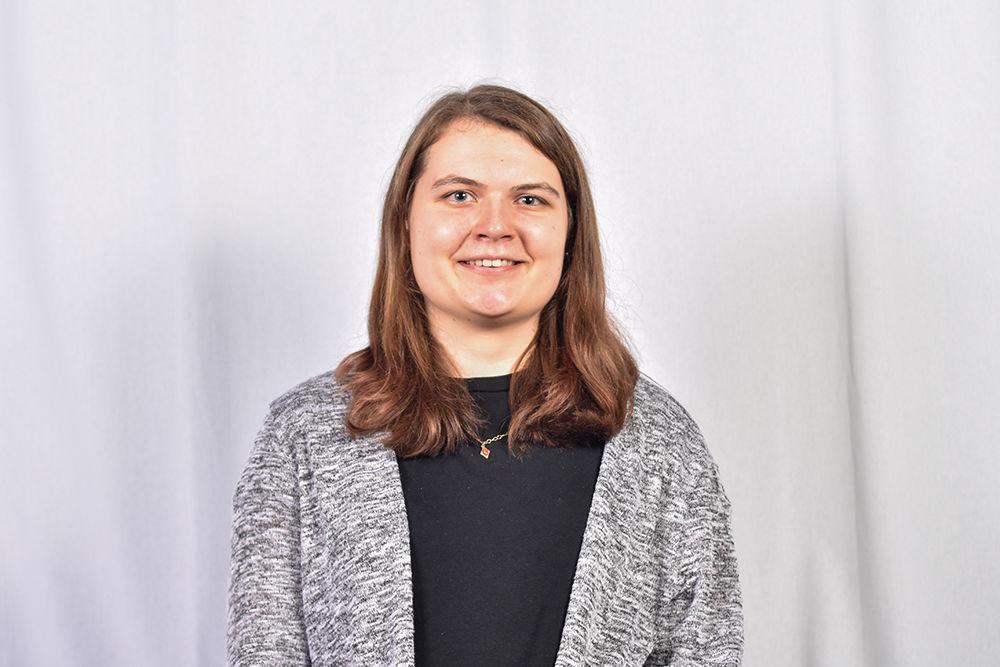
Skye Sarac Headshot
If you have scrolled through TikTok recently, you might have seen videos of freshmen from NYU, who are under mandatory isolation, showing off their “quarantine meals.” The meals in question are usually very small portions, lacking in fresh fruit and vegetables, or arrive inconsistently. One freshman said they only got two meals a day; the other said they got all three meals at 6:30 p.m.
While these videos are mostly lighthearted, this trend illuminates the very real problem of food insecurity among college students. One study found that more than 60% of college students had experienced food insecurity over the last 30 days. Since the pandemic, the media has thankfully given some attention to the prevalence of food insecurity on college campuses, but there is still much more that needs to be done, and it starts with examining how we think about food insecurity.
It’s easy to think of food insecurity as something that affects other people, but the reality is that it is all around us. Most people experiencing food insecurity are not living in the streets or begging for food. In fact, it is a misconception that food insecurity means not having food. Food insecurity can mean limited access to certain food groups or not being able to consume enough food to perform optimally in school, work and other activities.
Students who have a meal plan or come from well-off families, as well as students who are already receiving Supplemental Nutrition Assistance Program or other federal benefits, can also be food insecure. A 2017 study from the NC State Department of Psychology found that, of the students who identified as food insecure, about one-third had a university meal plan.
Food insecurity can include not knowing where your next meal is coming from or not being able to access nutritious food. For example, students with allergies or tolerances may find it difficult to obtain adequate nutrition on campus that meets their individual needs, or they may have a difficult time physically accessing food due to time constraints or disabilities.
If you are someone who has the privilege of going to the grocery store or ordering in regularly, and you never have to worry about where your next meal is coming from, please consider taking a moment to show some gratitude and try to challenge any preexisting notions you have of what food insecurity is. Also, please consider donating to organizations on campus, like Feed the Pack, or in the community to help those struggling with food insecurity.
We also need to be more intentional about the language we use surrounding food insecurity. Instead of shaming people for their food choices or for eating “unhealthy” food, please consider the barriers that person might face in obtaining a nutritious meal. Also, we need to normalize asking for help, which means reducing the stigma around food stamps and other forms of food assistance.
Even though a lot of the videos on TikTok are humorous, they illustrate a very serious issue that is only made worse by the pandemic. Let’s continue using TikTok and other forms of social media to speak out about and normalize food insecurity. Just remember that the people you see on TikTok or any other social media platform are real people — food insecurity can affect anyone regardless of race, age, gender identity, body size or living situation.
If you or someone you know are struggling with food insecurity, a few suggested resources are linked here: Feed the Pack, a food pantry at NC State; Pack Essentials; and the Wake County emergency food pantries.